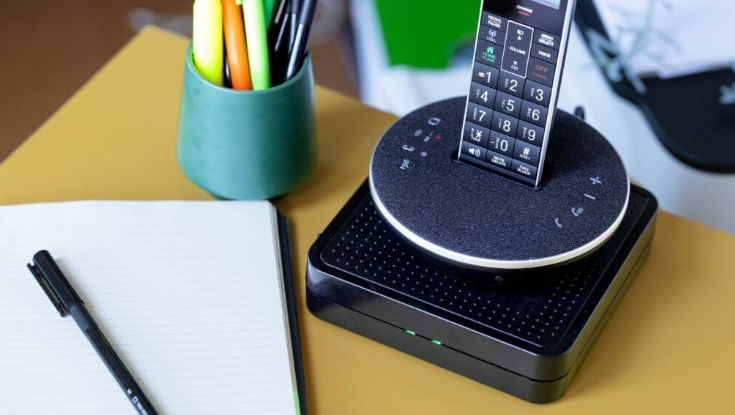The advent of 5G technology represents a significant leap forward in telecommunications, promising to revolutionize not only the way we communicate but also how scientific research is conducted and advanced. With its superior speed, low latency, and enhanced connectivity, 5G is set to have a profound impact on various scientific fields, driving innovation and enabling new discoveries. This article explores how 5G technology is transforming science, highlighting its applications, benefits, and future potential.
1. Understanding 5G Technology
5G, the fifth generation of mobile network technology, offers several improvements over its predecessors, including faster data speeds, reduced latency, and increased network capacity. Unlike 4G, which provides download speeds of up to 100 Mbps, 5G can achieve speeds exceeding 10 Gbps. This advancement allows for the rapid transmission of large datasets, which is crucial for scientific research that involves complex simulations, high-resolution imaging, and large-scale data collection.
Additionally, 5G technology features ultra-low latency, with response times as low as 1 millisecond, compared to 30-50 milliseconds with 4G. This near-instantaneous communication capability is essential for real-time applications in science and technology. The increased network capacity of 5G also supports a higher density of connected devices, facilitating the integration of various sensors and IoT (Internet of Things) devices into scientific experiments and systems.
2. Enhancing Data-Driven Research
One of the most significant impacts of 5G technology on science is its ability to enhance data-driven research. Scientific research increasingly relies on the collection and analysis of vast amounts of data, from genomic sequences and astronomical observations to environmental monitoring and experimental results.
a. High-Speed Data Transmission
5G’s high-speed data transmission capabilities enable researchers to handle large datasets more efficiently. For example, in fields like genomics and proteomics, where researchers work with enormous amounts of biological data, 5G facilitates faster data transfer between sequencing machines and data analysis platforms. This acceleration in data processing helps researchers draw conclusions more quickly and accelerates the pace of discovery.
b. Real-Time Data Analysis
The low latency of 5G technology supports real-time data analysis, which is crucial for dynamic scientific experiments and simulations. In fields such as physics and engineering, where real-time monitoring of experiments and simulations is essential, 5G enables instant feedback and adjustments. This capability enhances the accuracy and efficiency of experiments and allows scientists to respond rapidly to changing conditions or unexpected results.
3. Advancing Remote Sensing and Monitoring
5G technology significantly enhances remote sensing and monitoring capabilities, which are crucial for various scientific disciplines, including environmental science, astronomy, and agriculture.
a. Environmental Monitoring
In environmental science, 5G enables the deployment of a large number of sensors in diverse and remote locations, providing real-time data on air quality, water levels, and soil conditions. The increased network capacity of 5G supports the simultaneous operation of numerous sensors, allowing for comprehensive and continuous environmental monitoring. This data is vital for studying climate change, managing natural resources, and responding to environmental hazards.
b. Astronomical Observations
For astronomers, 5G technology facilitates the collection and transmission of data from observatories and telescopes. High-resolution images and large datasets from space telescopes can be transmitted quickly to research centers, enabling faster analysis and discovery of celestial phenomena. 5G also supports real-time data transmission from space missions, enhancing the ability to monitor and control spacecraft.
c. Agricultural Innovation
In agriculture, 5G enables precision farming through the use of IoT devices and sensors that monitor crop health, soil conditions, and weather patterns. This data helps farmers optimize irrigation, fertilization, and pest control, leading to increased crop yields and sustainable farming practices. The enhanced connectivity provided by 5G supports the integration of these technologies into a cohesive and efficient agricultural system.
4. Facilitating Collaborative Research
5G technology enhances collaboration among scientists and researchers by providing reliable and high-speed connectivity, which is essential for collaborative projects and interdisciplinary research.
a. Virtual and Augmented Reality
Virtual reality (VR) and augmented reality (AR) applications, supported by 5G’s low latency and high bandwidth, enable immersive experiences for collaborative research and education. Scientists can use VR and AR to visualize complex data, conduct virtual experiments, and interact with colleagues in a simulated environment. This capability is particularly useful for remote collaboration, allowing researchers from different locations to work together seamlessly.
b. Cloud-Based Research Platforms
5G technology supports the use of cloud-based research platforms, which facilitate the sharing and analysis of data among researchers. Cloud computing allows scientists to access powerful computational resources and storage solutions without the need for local infrastructure. With 5G, researchers can upload, download, and process large datasets quickly, improving the efficiency of collaborative projects and data sharing.
5. Driving Innovation in Emerging Fields
The integration of 5G technology into scientific research is driving innovation in several emerging fields, including autonomous systems, smart cities, and personalized medicine.


